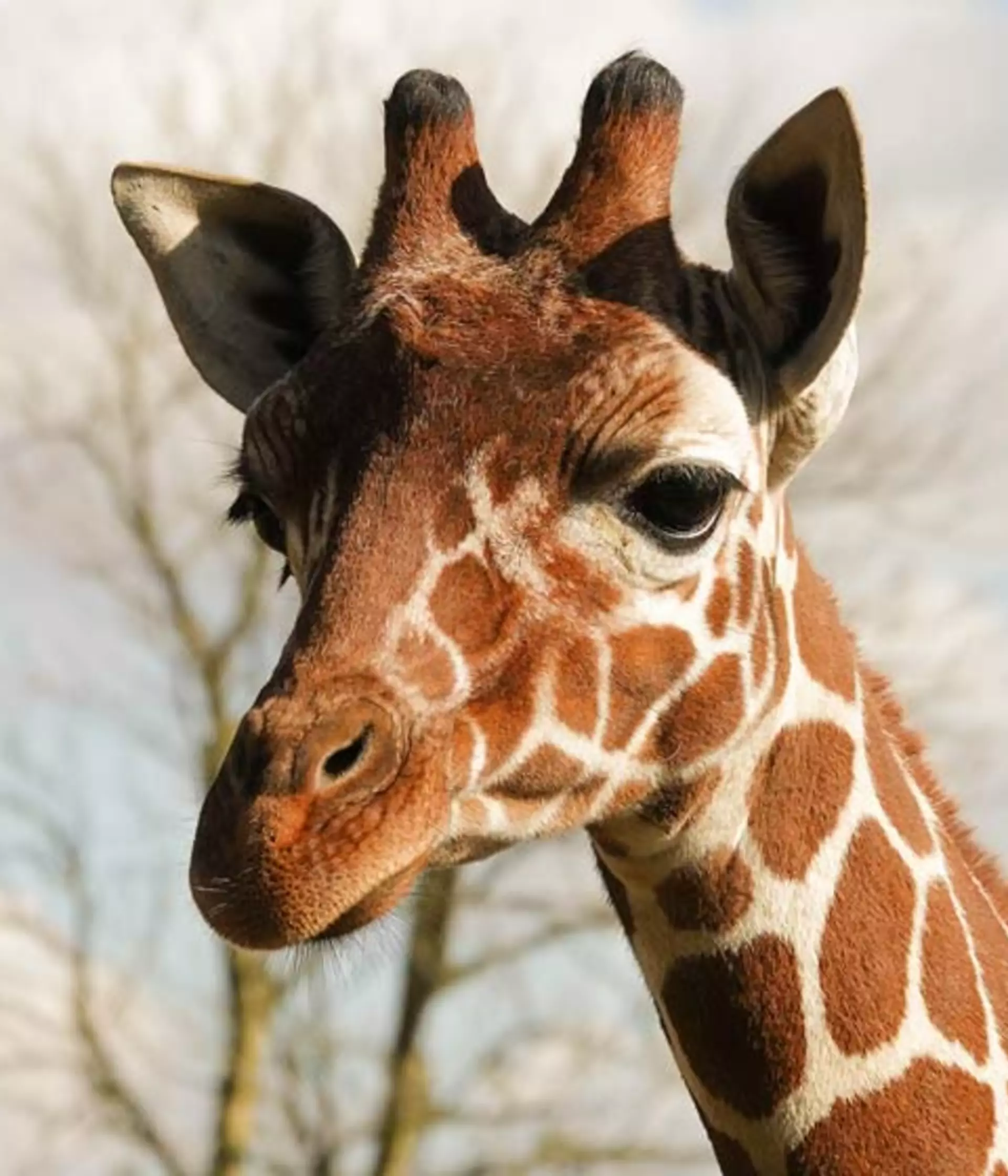Enclosure status
Open
Population in the wild
8,500
IUCN status
Endangered
Scientific name
Giraffa camelopardalis reticulata
Order
Artiodactyla
Family
Giraffidae
Region
Somalia, Ethiopia and Kenya
Habitat
Grasslands
Giraffe facts
- They have the same number of bones in the neck as we do – seven. Valves in neck prevent blood rushing to the head when they bend down to drink.
- In the wild, giraffes live in the savannahs, grasslands, scrublands and open woodlands of sub-Saharan Africa.
- A giraffe's heart beats up to 170 times a minute - twice as fast as a human's.
- Giraffes eat a varied diet of leaves, stems, flowers and fruit - up to 30kg a day. A single giraffe population may snack on as many as 93 different plant species. Their agile tongues and leathery mouths can tackle even the toughest plants, such as acacia - prickly shrubs and trees with thorns that can reach up to 10cm.
- Used for grasping food and objects, the giraffe's prehensile tongue is about the length of our forearms.
- A giraffe's horns are called ossicones and are made from ossified (bony) cartilage. Females' are thin and tufted, while males' are thicker and often bald from sparring with rivals.
- A giraffe's hoof print is about the size of a dinner plate.
- A male giraffe averages around 5.3 metres in height, while females are smaller, at around 4.3 metres.
- Giraffes give birth standing up, so a calf will drop about two metres to the ground.
- Babies stand at about two metres at birth - their horns lie flat at birth and pop up several days later.
Giraffe threats
Habitat loss due to rapid development, illegal hunting and conflict in unstable parts of Africa are all taking their toll on their population.
